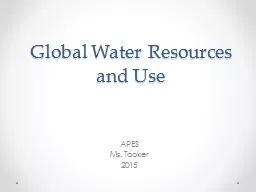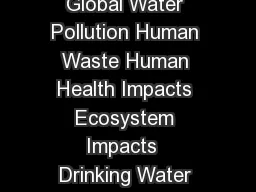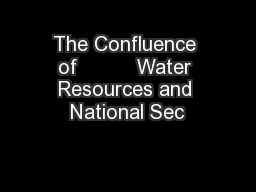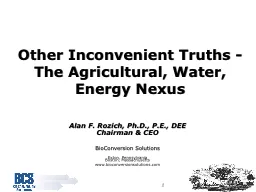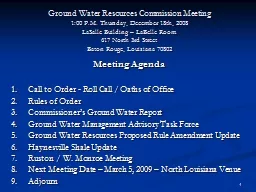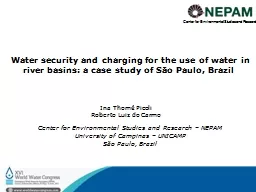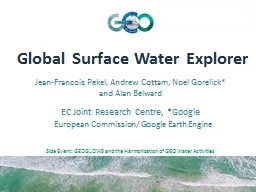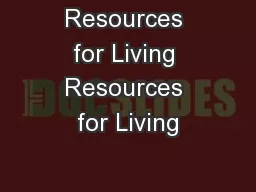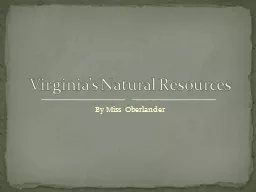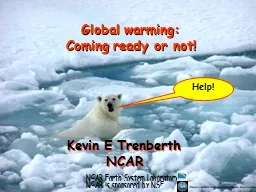PPT-Global Water Resources
Author : alexa-scheidler | Published Date : 2017-06-13
and Use APES Ms Tooker 2015 The Hydrologic Cycle Life would be impossible without water which makes up a substantial part of the mass of most organisms All forms
Presentation Embed Code
Download Presentation
Download Presentation The PPT/PDF document "Global Water Resources" is the property of its rightful owner. Permission is granted to download and print the materials on this website for personal, non-commercial use only, and to display it on your personal computer provided you do not modify the materials and that you retain all copyright notices contained in the materials. By downloading content from our website, you accept the terms of this agreement.
Global Water Resources: Transcript
Download Rules Of Document
"Global Water Resources"The content belongs to its owner. You may download and print it for personal use, without modification, and keep all copyright notices. By downloading, you agree to these terms.
Related Documents

